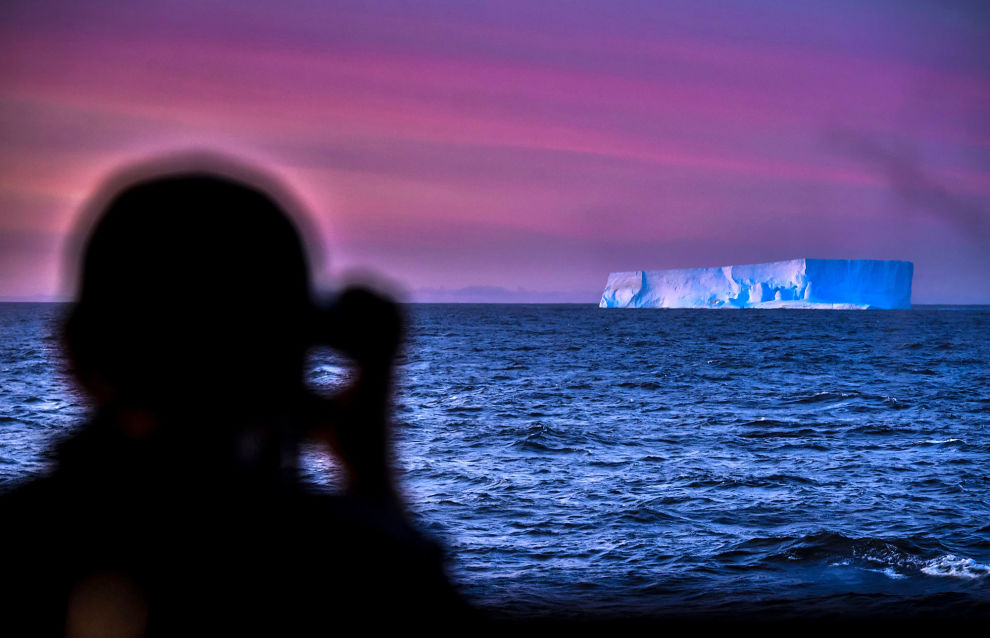Russian scientists can estimate frequency of Arctic rogue wave events
Specialists from the Marine Hydrophysical Institute of the Russian Academy of Sciences have completed a research study that describes how to estimate the frequency of rogue wave events.
The survey is very important in evaluating possible environmental impacts, risks in Arctic marine activity, and in the operation of transport systems and engineering structures, including oil and gas platforms.
Maria Yurovskaya, a senior research associate with the Long-Distance Research Methods Department at the Marine Hydrophysical Institute at the Russian Academy of Sciences, co-authored the research paper. According to Yurovskaya, the project expands on research projects completed in 2019. At that time, scientists created a simple, versatile model for predicting the height of cyclone-induced waves.
“We upgraded and tested this model, including for polar conditions. We identified certain natural laws that were overlooked in the past,” Yurovskaya explained.
In studying the probability of rogue wave events caused by polar cyclones, scientists used satellite data and statistical analysis. The research considered various parameters of these tremendous atmospheric vortexes, including maximum wind speeds, duration, diameter, propagation speed and direction.
In the long run, they were able to estimate the frequency of rogue wave events. It turned out that 4-meter-plus waves can form up to six times a year; 8-meter plus waves form two or three times a year; 10-meter-plus waves form about once a year; and 12-meter-plus waves form once every few years. The tallest waves, over 15 meters, form about once a decade.
The research authors also identified areas that are most prone to rogue wave events. Strong storms can hit the immediate coastal zone around the Scandinavian Peninsula, starting with North Cape (Nordkapp).
“Polar cyclones mostly impact the southern regions of the Barents Sea and the northeastern area of the Norwegian Sea. Rogue waves form more often in the southern areas of the Norwegian Sea, but they are not always related to polar cyclones. Our evaluations can be useful when designing high-seas structures and planning operations in the Arctic seas,” Maria Yurovskaya noted.
